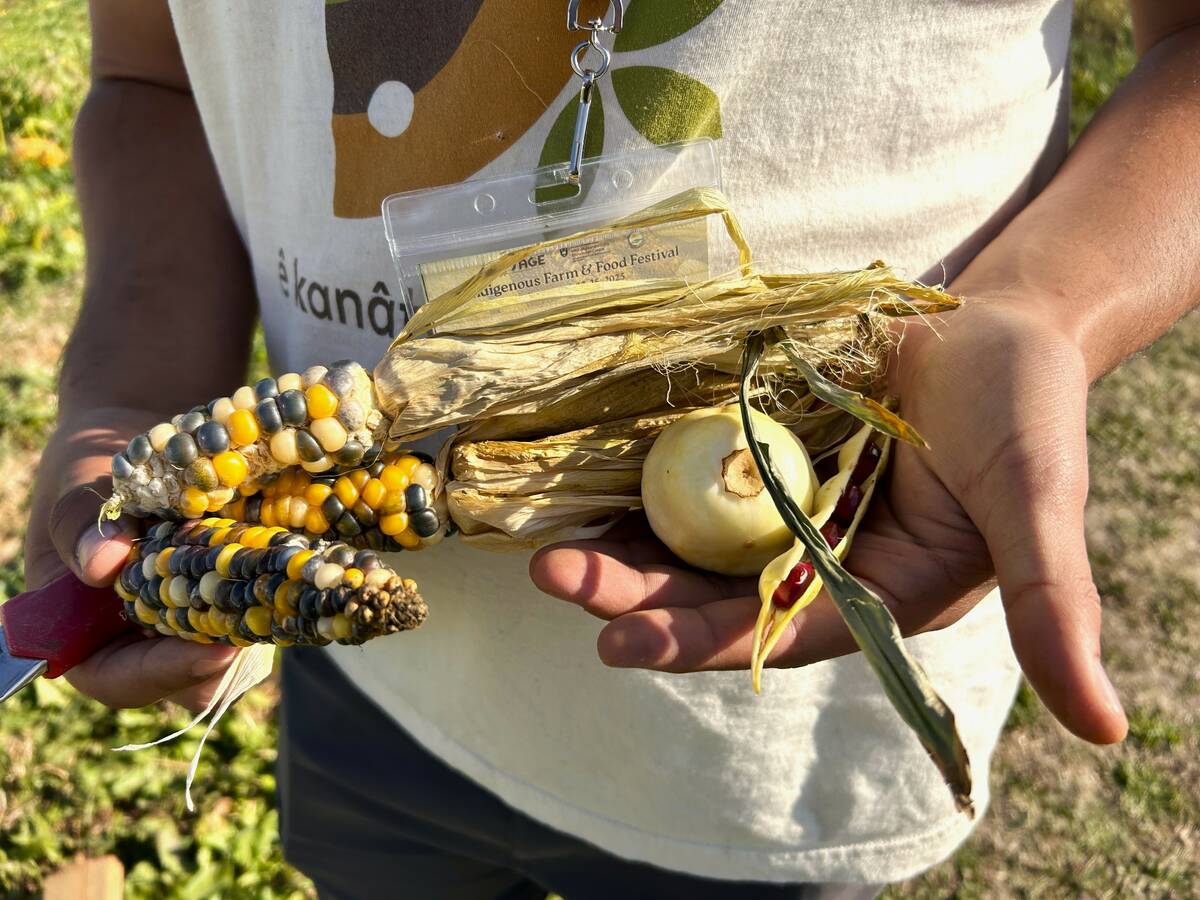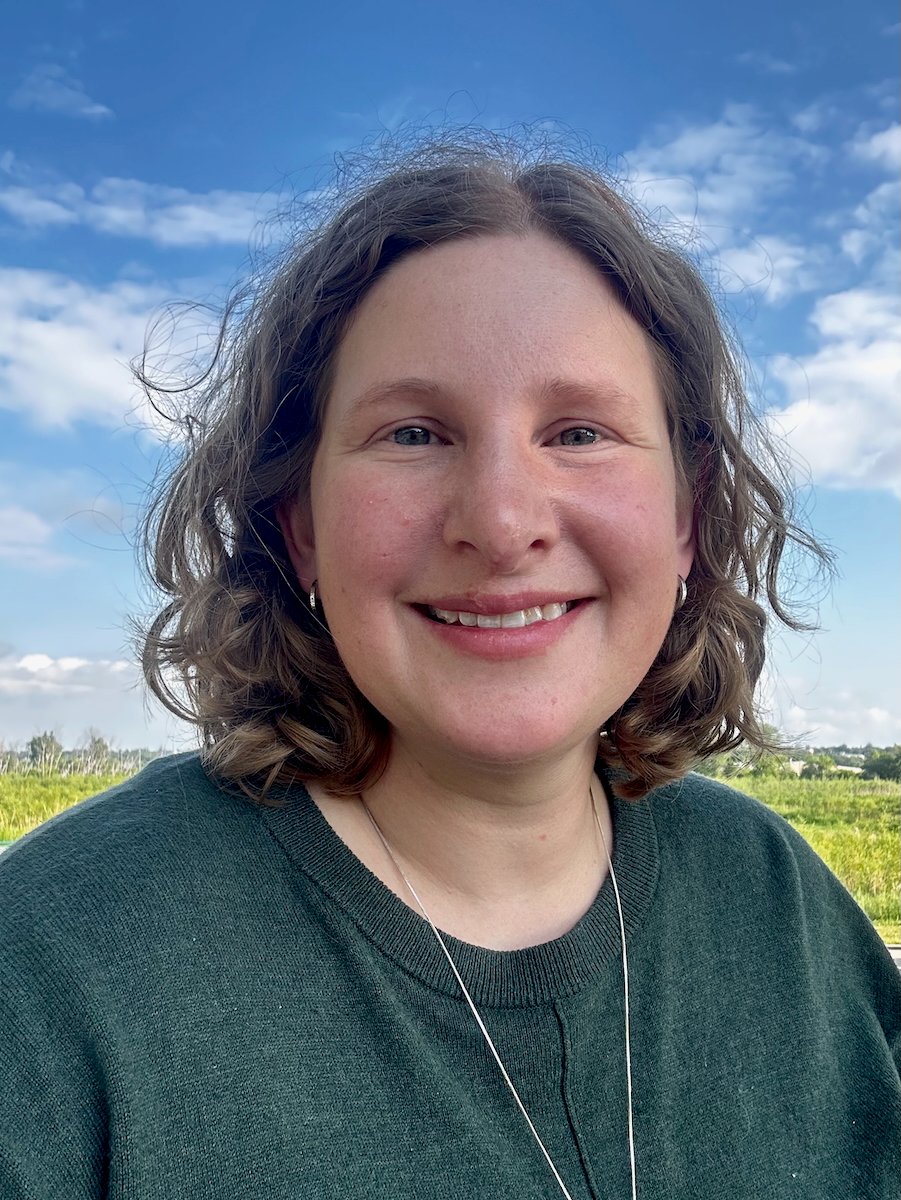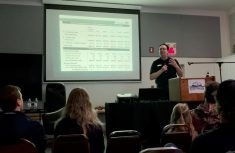The province says new funding will wrap up a watershed modernization process that grouped Manitoba’s 18 former conservation districts into 14 watershed districts.
On Dec. 7, Agriculture and Resource Development Minister Ralph Eichler announced a final $44,000 to update highway signage. That funding will pay for 87 signs, he said.
Prior to 2020, water management across a full watershed was a joint operation between different conservation districts. The province says recent funding will be the last step in realigning those borders.
Read Also

Regenerative practices meet Indigenous knowledge on the Prairies
What do traditional Indigenous agricultural practices and regenerative agriculture have in common? Quite a lot it turns out.
Current conservation district signage sports names that are now defunct due to the modernization.
Watershed districts are managed both by Manitoba Agriculture and Resource Development and Manitoba Infrastructure.
The first signs were going up the same week as the announcement, Eichler noted.
“They’re all printed,” he said. “We’ll get as many as we can in this fall yet, and then by spring we’ll start putting them up again.”
The current timeline would have all signs installed by May or June 2022.
Gary Wasylowski, chair of the Manitoba Association of Watersheds (MAW), welcomed the announcement, noting that it fulfills a previous request to the provincial government.
“It’s something that our watershed districts, they were asking about; how we were going to pay for this and whether it would have to come from their funds,” he said. “It’s something that we talked to the minister about last time that we met with him and we’re very, very pleased that they’ve listened and they came up with this funding.”
Watershed districts are now almost two years past their transition from the previous system. On Jan. 1 of last year, the province proclaimed the Watershed Districts Act, which signalled the change from their previous iteration as conservation districts. The province had initially announced the shift in October of 2019.
The province argued that the change would better align districts to the natural borders within the province’s hydrology, and therefore allow better capacity on flood and drought management and water quality improvement.
At the same time, the province noted, the act allowed districts to look for partners outside municipalities, something that opened the door to First Nations collaboration.
The shift to watershed districts has “gone well,” according to Wasylowski.
“Not a lot has changed actually in what we do,” he said. “What has changed is the funding opportunities.”
He pointed to programs like GROW, a provincial funding stream to support water management and sustainability projects, or the Living Labs program, which funds similar projects federally.
“Watershed districts are now a lot busier,” he said. “They’ve got a lot more projects to do, and those are the things that have really helped.”
Wasylowski also cited First Nations partnership opportunities under the new system. The resulting First Nations partnerships — such as the Living Labs collaboration with Swan Lake First Nation in the Pembina Valley Watershed District — featured heavily when MAW met for its annual conference in early December.
The transition did offer some challenges, he acknowledged, such as the case where two conservation districts with vastly different mandates — one focused on infrastructure, one solely focused on conservation projects — were merged, he noted.
“I think for the most part that’s working through,” he said.
“It certainly has its challenges when part of the watershed district has a different mandate, but good boards and good people can get through that stuff,” he added.
















